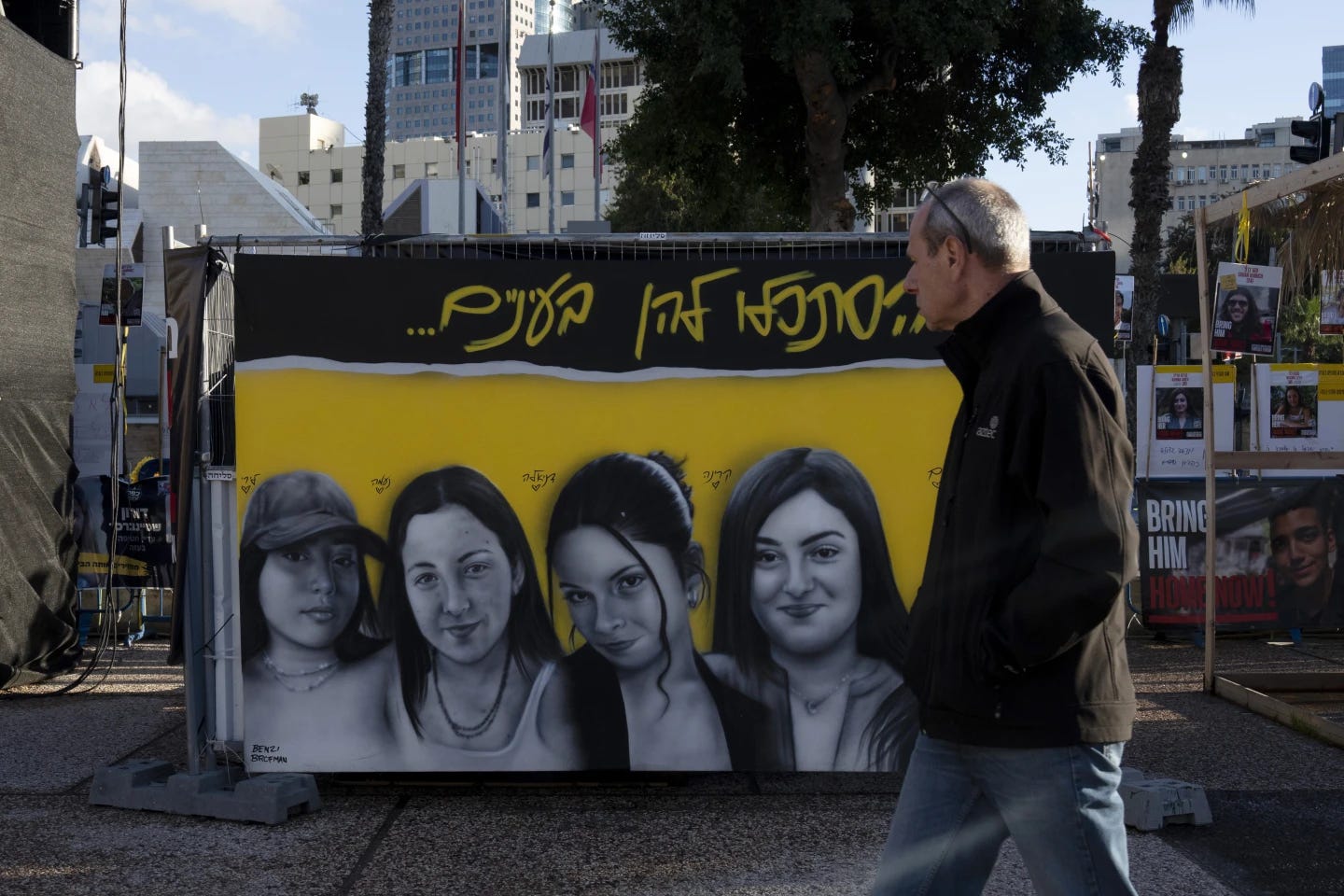Israel and Hamas Prepare for Another Hostage-Prisoner Exchange Amid Fragile Ceasefire
DEIR AL-BALAH, Gaza Strip (AP) — Israel and Hamas are set to carry out another exchange of hostages and Palestinian prisoners on Saturday, marking the second such swap since a ceasefire took effect in the Gaza Strip last weekend. This exchange serves as another critical test for the truce agreement, which aims to de-escalate one of the deadliest conflicts between the two sides.
The temporary ceasefire has so far held, halting airstrikes and rocket attacks while enabling the flow of much-needed humanitarian aid into Gaza. The truce has provided a brief respite in a war that has inflicted unprecedented destruction on the region.
Another Exchange Underway
Last Sunday, the first exchange saw Hamas release three Israeli hostages in return for 90 Palestinian prisoners. On Saturday, Hamas is expected to free four Israeli hostages in exchange for 200 Palestinian detainees. Among those set for release are 120 prisoners serving life sentences for deadly attacks on Israelis. They will either be sent back to Gaza or relocated abroad.
The four Israeli hostages—Karina Ariev, 20; Daniella Gilboa, 20; Naama Levy, 20; and Liri Albag, 19—were captured during Hamas’ October 7, 2023, attack on Israel. The young women, who served as border surveillance officers, were taken from the Nahal Oz military base when Palestinian militants overran the facility, killing over 60 soldiers. A fifth soldier from their unit, Agam Berger, 20, was also captured but is not included in the current exchange.
Military Withdrawal and Movement Restrictions
Following the exchange, Israel is expected to begin withdrawing troops from the Netzarim corridor, a key roadway that effectively bisects Gaza. The pullback would allow displaced Palestinians in southern Gaza to return north for the first time since the war began. However, movement will be limited—only pedestrians will be permitted to travel north, while vehicular traffic will remain restricted until a later phase of the ceasefire.
Uncertain Future of the Ceasefire
The ceasefire agreement is currently structured for an initial six-week period, but the long-term trajectory remains uncertain. Many hope the truce will pave the way for a permanent resolution, bringing an end to a war that has devastated vast areas of Gaza, displaced most of its population, and placed hundreds of thousands at risk of famine.
The conflict erupted on October 7, 2023, when Hamas launched a cross-border assault, killing approximately 1,200 people—mostly civilians—and taking around 250 hostages. A previous weeklong truce in late 2023 saw the release of more than 100 hostages, but dozens remain in captivity, with no communication with the outside world. Israeli intelligence estimates that at least a third of the remaining 90 hostages in Gaza were either killed during the initial attack or died while in captivity.
Heavy Toll on Both Sides
Israel’s military offensive, involving extensive air and ground operations, has resulted in significant casualties. According to local Palestinian health officials, over 47,000 Palestinians have been killed since the conflict began. While these figures do not distinguish between combatants and civilians, officials report that women and children account for more than half of the fatalities.
As the ceasefire continues to be tested through these exchanges, both sides remain deeply entrenched in their positions, leaving the long-term prospects for peace uncertain.


